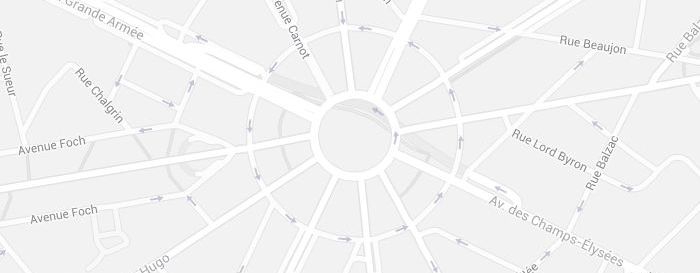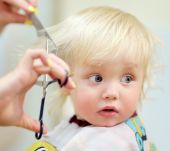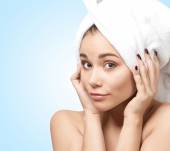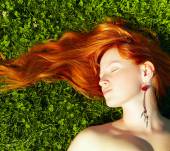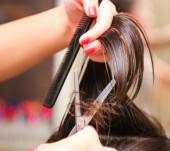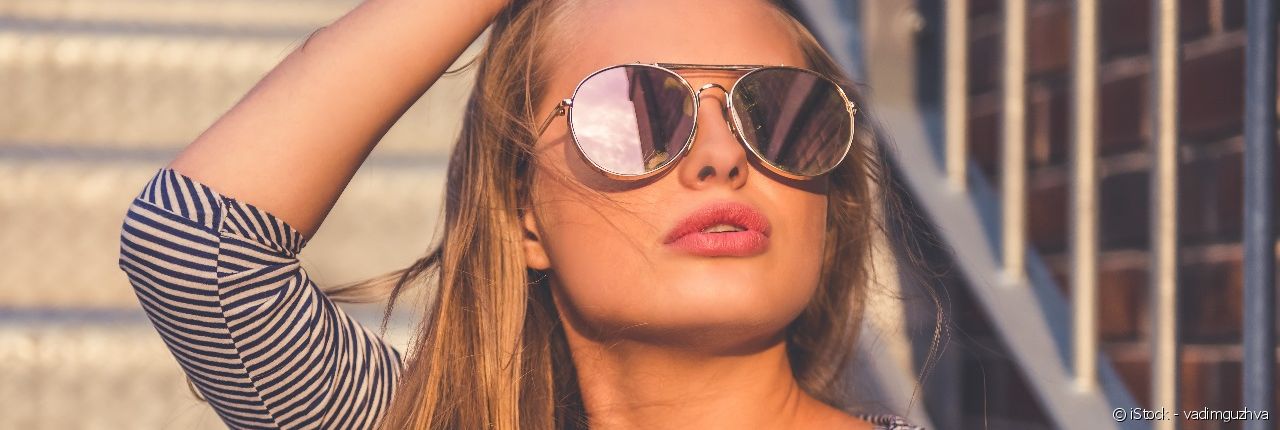
Perfect hair colouring: how do you use a patina?
To enhance your hair colour, or to correct a hair colouring disaster, a patina can come to the rescue. Read on to find out all about it.
In what cases should you use a patina?
This corrective oxidant-free colouring technique places a light veil of temporary pigments onto the surface of the hair fibre to:
– correct any undesirable highlights after colouring: this is the rescue product to apply if colouring your hair didn’t quite go as planned, or if your colour has changed over time . The patina helps to neutralise red highlights. These can appear when a slightly auburn natural base has been lightened. The blue and purple pigments in the product also work to combat brassiness on fairer hair. This is ideal to give a shine boost to ice blond hair, for example.
– add more shades to your hair: it adds depth for a more natural look and it prevents that flat single-shade look that hair colouring can often bring. It also means that you can personalise your colour to suit your complexion.
– revive the shine of your highlights or streaks: patinas enhance your highlights and boost your hair’s shine .
How should it be applied?
At home
The products available in shops are ready to use like traditional hair treatments, on hair which has been washed and squeezed out beforehand. To spread out the patina properly, apply it strand by strand preferably using a brush, from the roots down to the tips. Then leave the colouring treatment to soak in for 5-10 minutes, depending on the instructions on the packaging and the intensity of the highlights that you want to neutralise. Rinse it out to enjoy your perfect new colour and repeat the patina treatment once a week if required. This is because its colouring effect will fade after a few washes.
At the salon
If you want to add different tones to your hair colour or refresh your fairer strands , enlist a professional colourist to do this treatment. Only a colourist can ensure optimum results by adjusting the application and how long the product is left on for depending on the intensity of the highlights and also your complexion. So visit your salon for a personalised application.
You would also like...
-
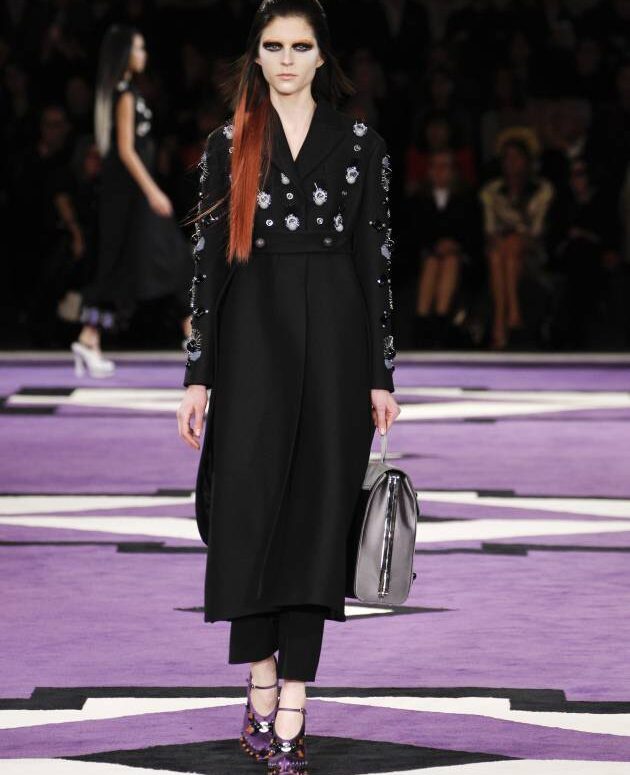 Hair colouring
Two-tone hair
After pink hair or smurf-style blue shades, and not forgetting the dip dye technique, here’s a new colour trend to take your fancy: the two-tone. No need to worry about having to choose between two…
Hair colouring
Two-tone hair
After pink hair or smurf-style blue shades, and not forgetting the dip dye technique, here’s a new colour trend to take your fancy: the two-tone. No need to worry about having to choose between two… -
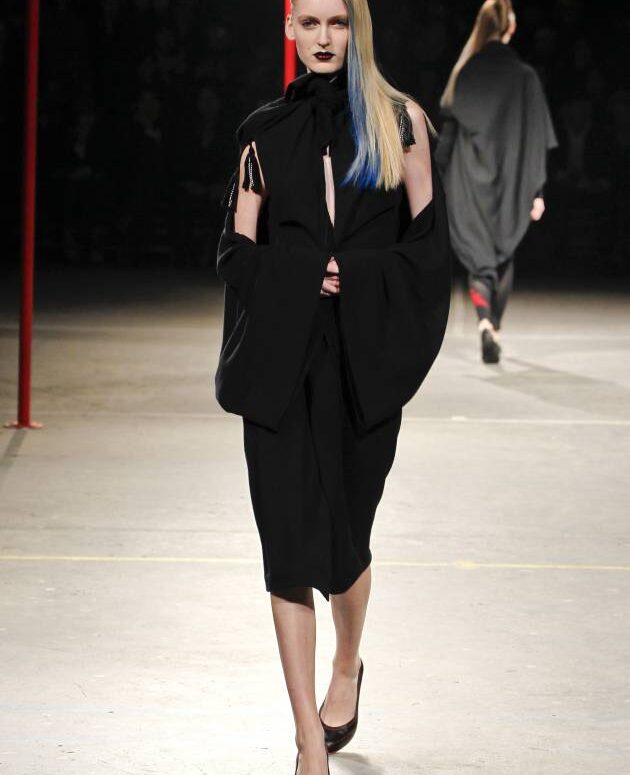 Hair colouring
Rita’s most radical hairstyle change...
“I’m not usually one to follow all the latest trends, but when the celebs started wearing funky colours in their hair, I must admit that I fell in love straight away! Even though the result can…
Hair colouring
Rita’s most radical hairstyle change...
“I’m not usually one to follow all the latest trends, but when the celebs started wearing funky colours in their hair, I must admit that I fell in love straight away! Even though the result can… -
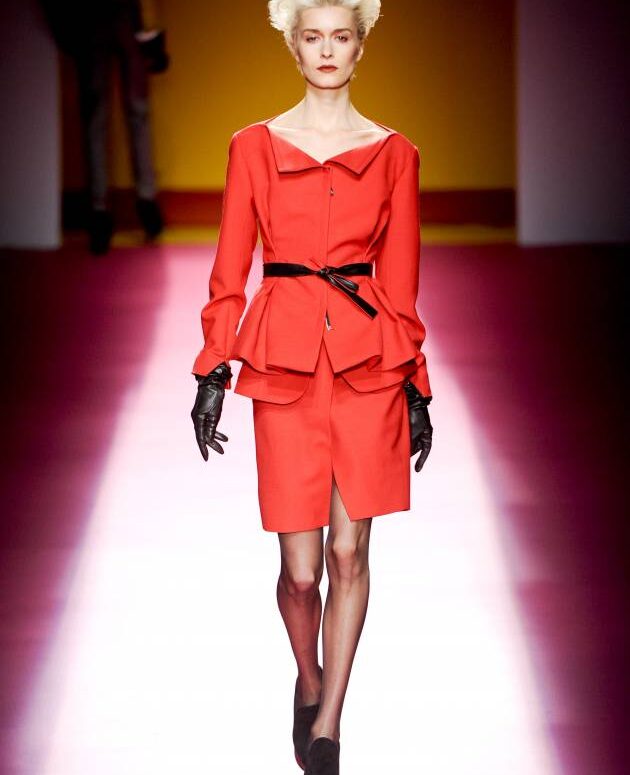 Hair colouring
Autumn-Winter 2012 hair colours
Apart from a few eccentricities seen on the catwalks for this new season, classic colours seem to be on their way back in. But classic is by no means dull and characterless! Discover the must-have…
Hair colouring
Autumn-Winter 2012 hair colours
Apart from a few eccentricities seen on the catwalks for this new season, classic colours seem to be on their way back in. But classic is by no means dull and characterless! Discover the must-have… -
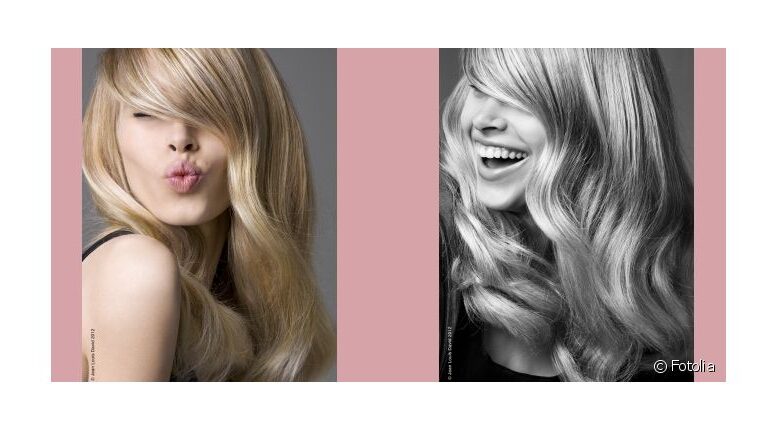 Hair colouring
Streaking: the dos and don’ts
Streaking is a permanent colouring technique which involves highlighting certain sections of the hair to create an attractive contrast. Follow our advice to avoid any unpleasant surprises. First of all, avoid streaking your hair yourself at…
Hair colouring
Streaking: the dos and don’ts
Streaking is a permanent colouring technique which involves highlighting certain sections of the hair to create an attractive contrast. Follow our advice to avoid any unpleasant surprises. First of all, avoid streaking your hair yourself at…
Not to be missed
-
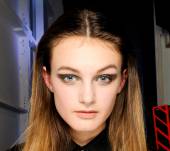 Hair colouring Colour trend: dip dye
Hair colouring Colour trend: dip dye -
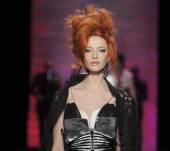 Hair colouring Flamboyant red
Hair colouring Flamboyant red -
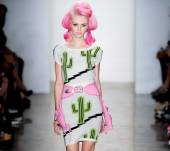 Hair colouring Pink hair madness
Hair colouring Pink hair madness -
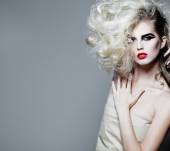 Hair colouring Anne’s craziest hair make-over
Hair colouring Anne’s craziest hair make-over

 France
France
 Spain
Spain
 Italy
Italy
 Polska
Polska
 Portugal
Portugal
 Mexico
Mexico
![[EN] Jean Louis David [EN] Jean Louis David](https://www.jeanlouisdavid.us/app/themes/jld/dist/images/svg/logo-jean-louis-david.svg)
